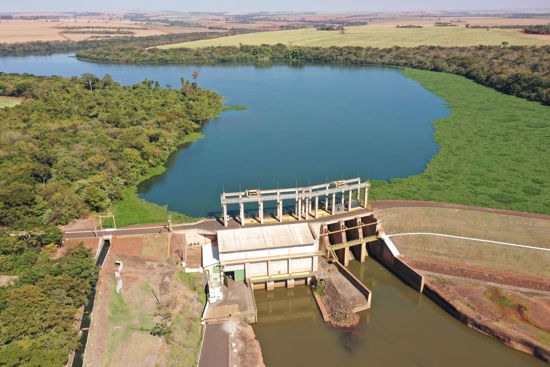Industry
- Hydro
Continent
- Latin America & the Caribbean
Country
- Brazil
Vintage 
- CP2: 2013 or later
- Bank transfer
- PayPal or Credit Card
Sustainable Development Co-Benefits
Environmental
- Natural resources
- Water
Social
- Jobs
- Welfare
Economic
- Energy
- Growth
- Technology
| 9/29/2025 |  | 94 t |
| 9/29/2025 |  | 144 t |
| 9/17/2025 |  | 377 t |
| 8/4/2025 |  | 28 t |
| 7/16/2025 |  | 1 t |
| View all 9 | ||
4937
Anhanguera Hydro Power Project
9
According to the expectations of the International Energy Agency (IEA), hydropower is expected to remain the world’s largest source of renewable energy. The reason? It is simple: when it comes to renewables, hydroelectricity is one of the most mature technologies globally. It is a reliable, versatile, and low-cost generation source that is helping the world to overcome the problems arising from global warming, accelerating the transition of the world energy matrix, and helping humanity to decarbonize the planet. This aligns with the United Nations Sustainable Development Goal (SDG) 7, "ensure access to affordable, reliable, sustainable, and modern energy for all." It is in this context Central Elétrica Anhanguera S.A. (CELAN) was born, a private company responsible for the development, construction, and operation of the Anhanguera Small Hydropower Plant (SHP). The Anhanguera SHP was created with the purpose of promoting the utilization of hydrologic energy resources of the Sapucaí River to provide clean energy to the Brazilian National Electricity Grid. This is directly connected to SDG 15, which focuses on “protect, restore and promote sustainable use of terrestrial ecosystems, sustainably manage forests, combat desertification, halt and reverse land degradation, and halt biodiversity loss.”, and SDG13: "taking urgent action to combat climate change and its impacts.”.
Bank transfer payment for this project is possible from USD 60.00










